As July approaches, so does the peak of Hawaii mango season. With it comes an endless supply of mango bread, mango chutney, pickled mango, mango salsa, mango smoothies, and every other imaginable culinary iteration of the sweet tropical fruit. It’s also harvest season for a variety of other endemic Hawaii fruits. Hawaii is a tropical fruit lover’s paradise.
For most of us who live here, one thing can be certain. At some point over the next few months, someone is going to try to hand you a bag of mangoes. Or at the very least, someone at work offers a loaf of fresh-baked mango bread, or pickled mango in a mason jar from an old and jealously guarded family recipe. It’s unavoidable at family and social gatherings. It is wonderful.
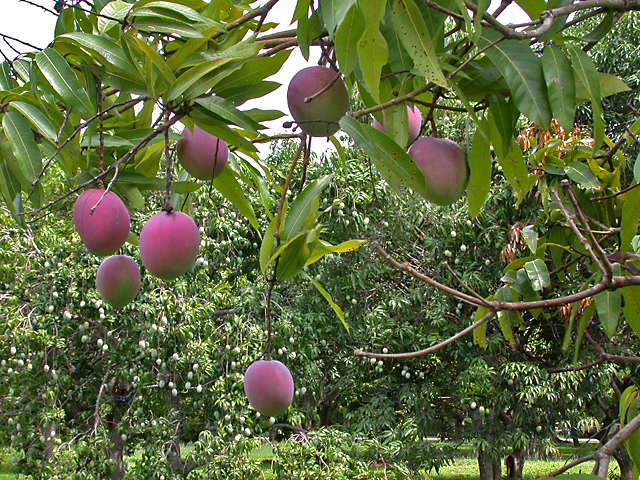
Hawaii mango season mania
Many residential properties in neighborhoods throughout Hawaii have one or more or many mango trees on them. Mango trees are be incredibly prolific. My non-scientific guestimate of the ratio of mangoes to people in Hawaii during peak mango season is approximately one gazillion to one.
Mangoes will undoubtedly feature on restaurant and bar menus on every island. Later in the season neighborhoods will fill with the sickly-sweet aroma of rotting fallen mangoes left un-gathered. During Hawaii mango season, someone somewhere, almost everywhere, is giving mango and its confections away.
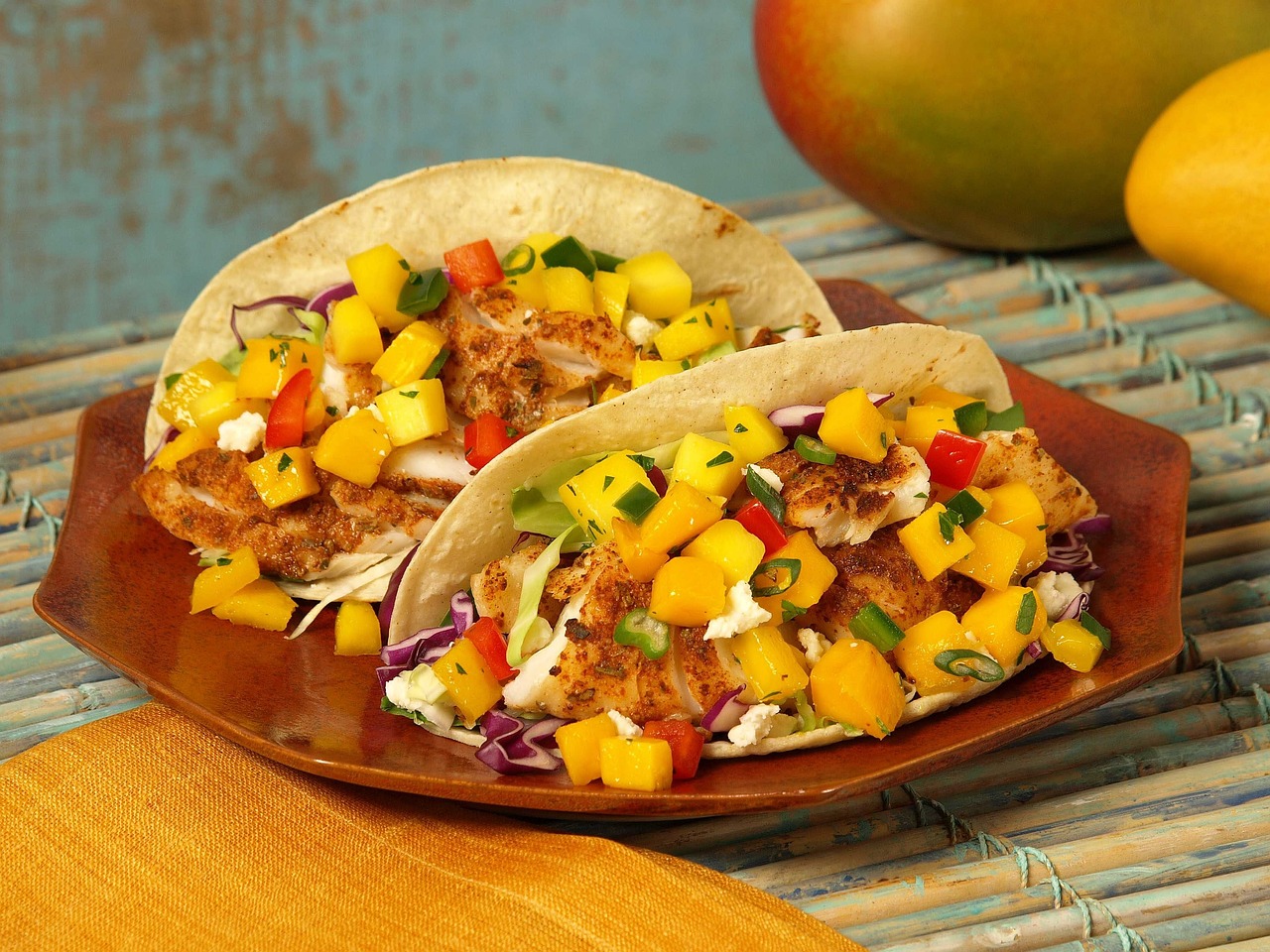
Mango memories
My youthful Hawaii mango season summer days were spent stained orange and sticky with mango juice. There are said to be more than sixty types of mangoes in Hawaii. Mangoes are endemic, meaning they grow freely in the wild (mangoes were introduced here long ago). Our favorite remains the Hayden variety.
My friends and I would prowl the streets of Niu Valley on Oahu, knocking on doors and asking to pick some mangoes (one run-in with an angry homeowner enraged by mango “poachers” prompted our Ask First policy). We’d pick and eat mangoes and other tropical fruits on curbsides and spontaneous hikes.
When I was a lazy teenager, I learned the peril of leaving mangoes to rot. We had a giant tree in our yard, one that produced mangoes seemingly by the metric ton. It was my charge to pick up and dispose fallen mangoes. They attract bees. Stinging bees.
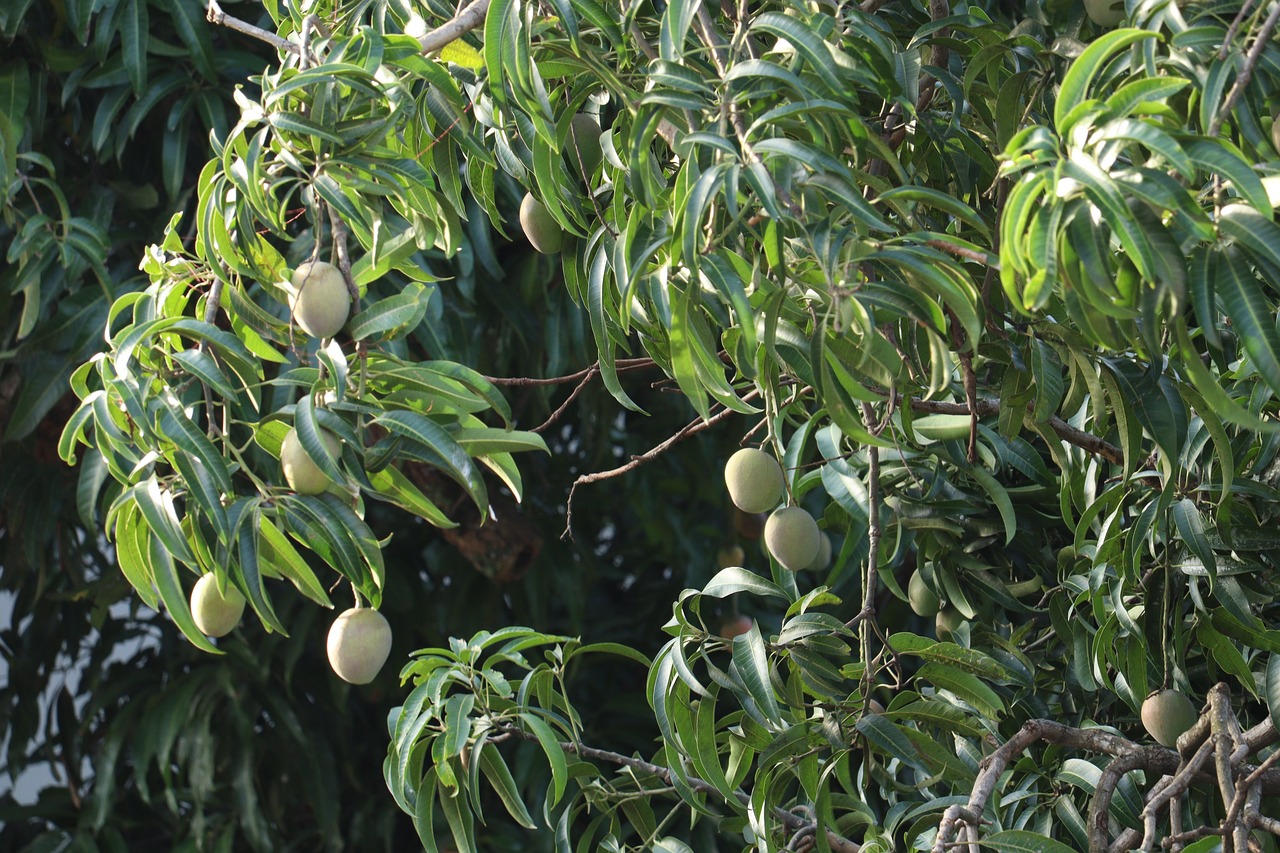
After I chose surfing over mango removal for about a week, my father laid down the law. I was grounded until “every go**am mango in the yard” was bagged and put to the curb. Of course, I caved. The waves on the South Shore were excellent that summer. I was too young to really understand the irony of being too swollen with bee stings to surf for the next three days. I blamed my dad. Lesson learned, I’m now happy to say.
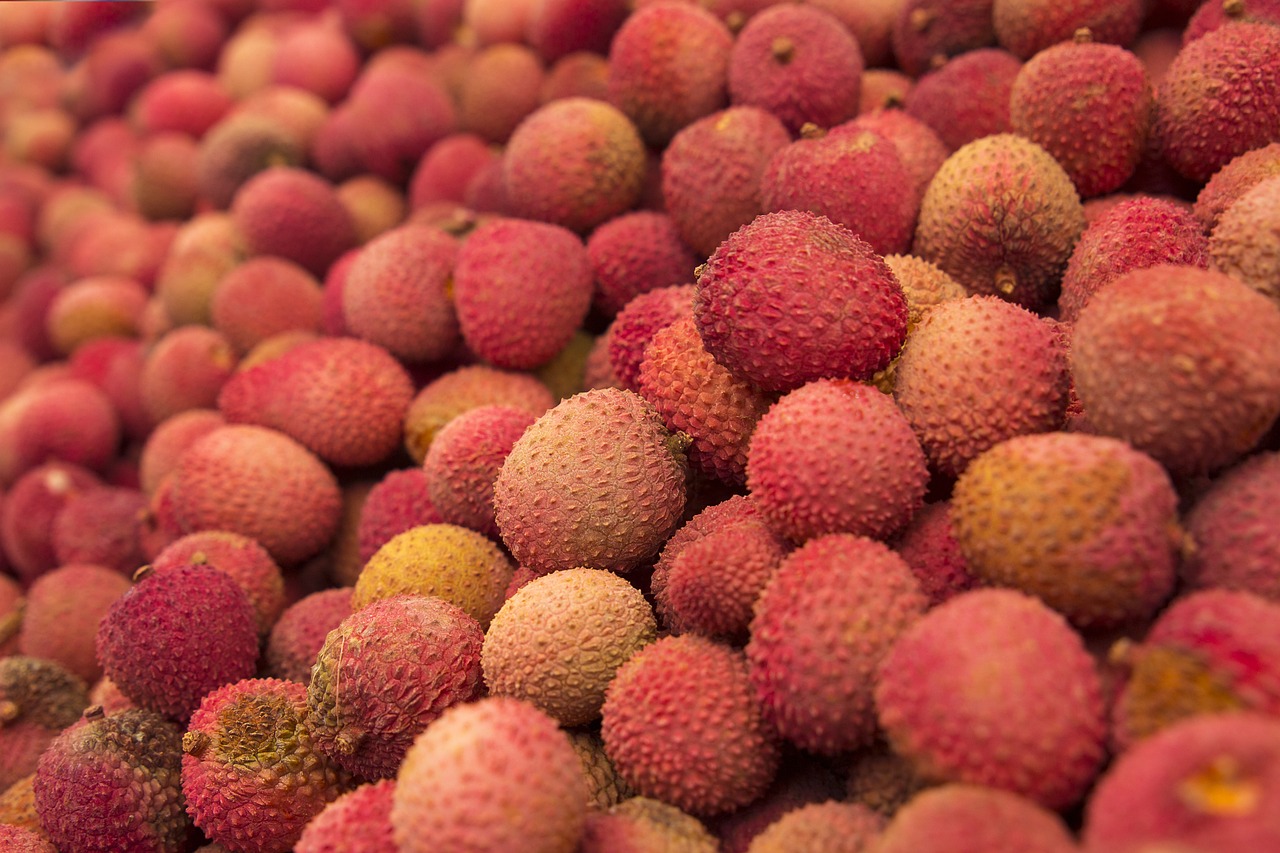
Along with Hawaii mango season, summer and fall also bring lychee season. Guavas, strawberry guavas, starfruit, and mountain apples, too. All grow in the wild, in undisturbed forests blanketing lush valleys throughout the state. Those non-mango tropical fruits are not remotely as plentiful. Hawaii visitors who have never known the sweet delicacy of a freshly picked mountain apple or starfruit are well advised to try one if one is offered.
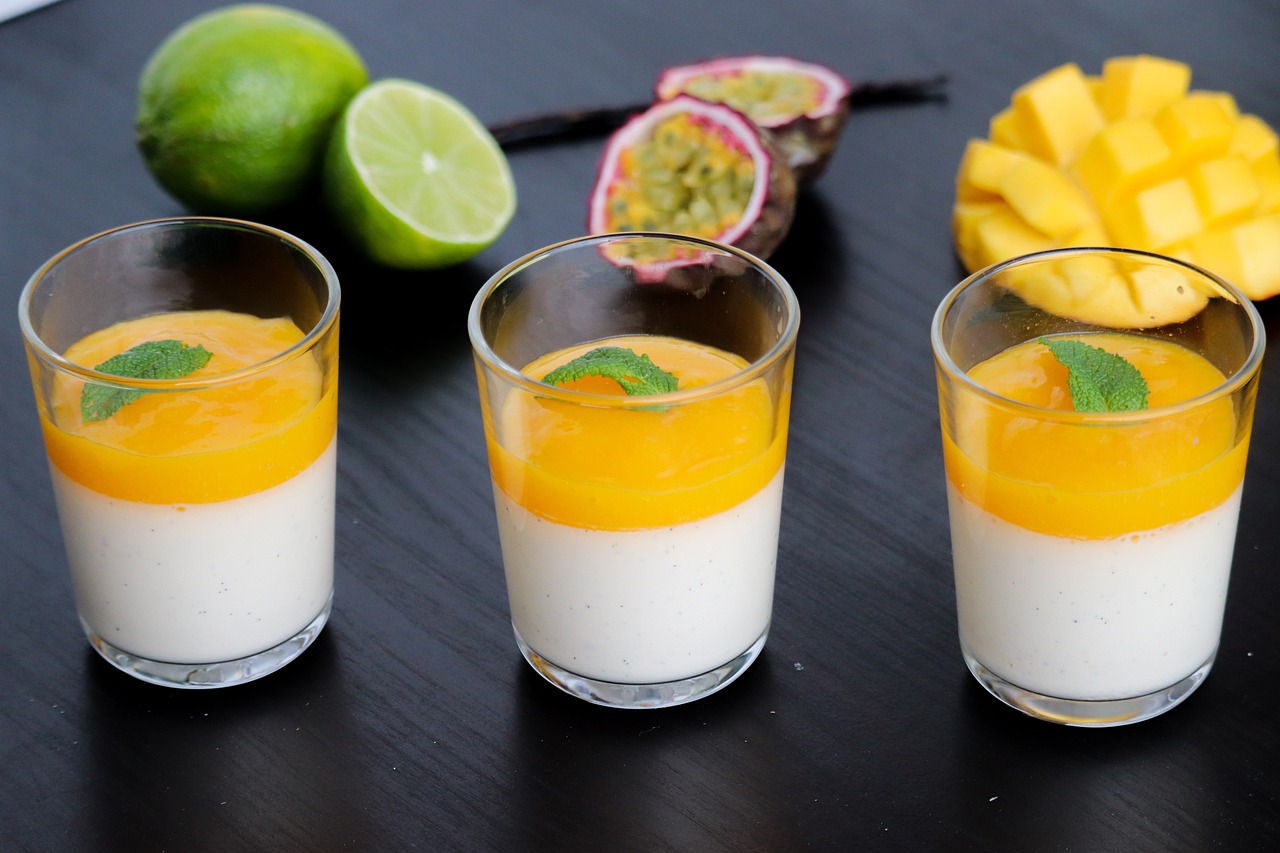
The reason we recommend trying these exotic fruits in Hawaii is simple: you can’t take them home with you. The US Department of Agriculture prohibits transporting most fresh fruits to the continental United States due to the risk of introducing, according to the DOA, “invasive plant pests and diseases”.
Other fruits like papaya and pineapple grow year-round. They’re ubiquitous and part of Hawaii’s manufactured image as a tropical paradise. You can get them anytime. But (Hawaii-grown) mangoes and other exotic fruits do have a “season” in Hawaii. And that season is now. We say, “Get ‘em while the getting’s good!”




